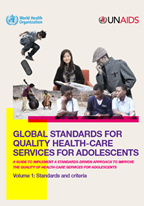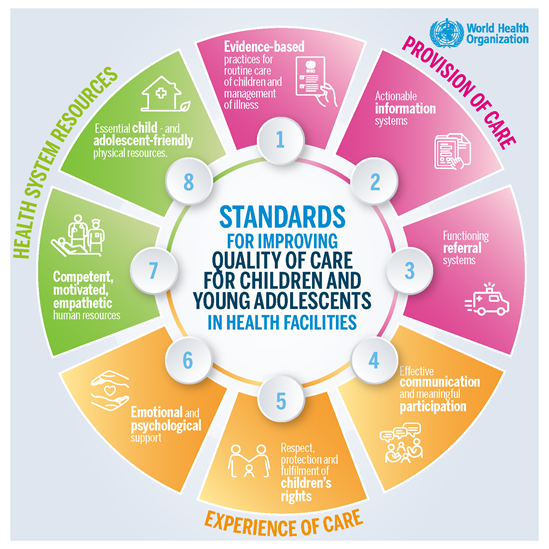Setting standards for adolescent care
Global initiatives are urging countries to prioritize quality as a way of reinforcing human rights-based approaches to health. Yet evidence from both high- and low-income countries shows that services for adolescents are highly fragmented, poorly coordinated and uneven in quality. Pockets of excellent practice exist, but, overall, services need significant improvement and should be brought into conformity with existing guidelines.
Recognizing these problems, many countries have moved towards a standards-driven approach to improve the quality of care for adolescents. With ministry of health leadership, more than 25 countries have adopted national quality standards, and some, including Malawi, the Republic of Moldova, South Africa, Tajikistan, Ukraine and the United Republic of Tanzania, have conducted surveys to measure the quality of the services being provided in order to inform action.
WHO aim to assist policy-makers and health service planners in improving the quality of health-care services so that adolescents find it easier to obtain the health services that they need to promote, protect and improve their health and well-being.



